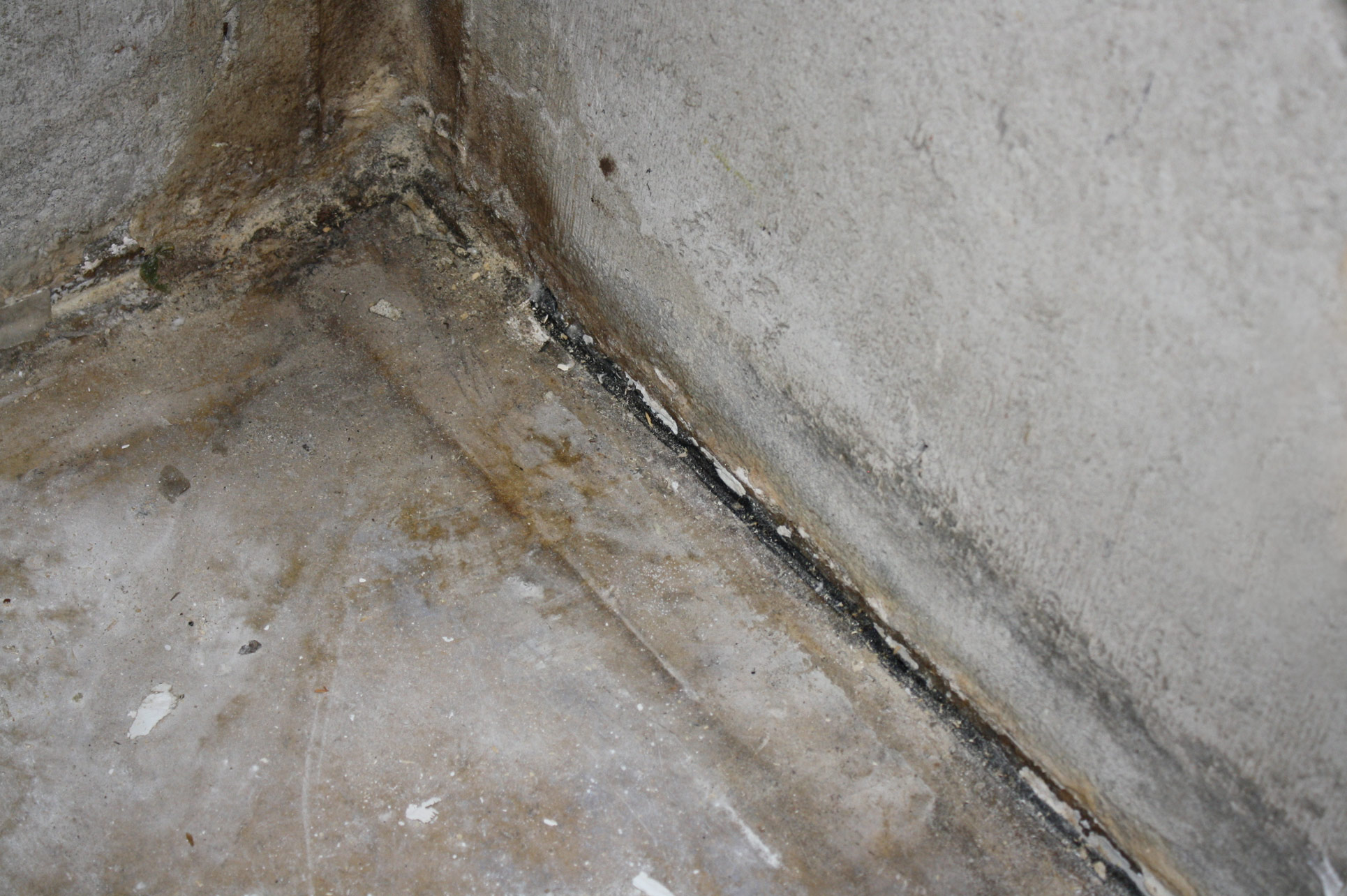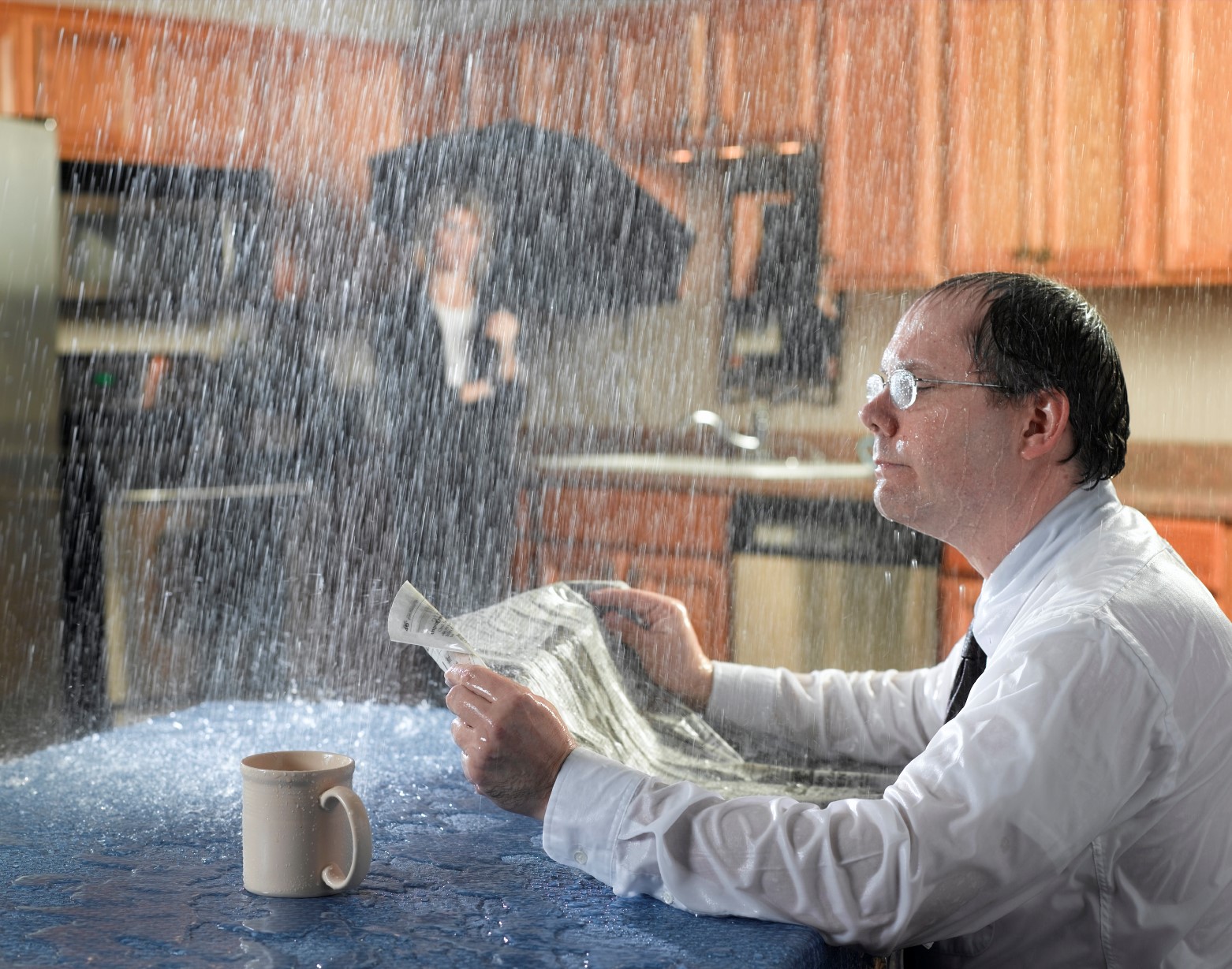Get to Know the Six Principal Factors For Water Leakage Within Your Home
Get to Know the Six Principal Factors For Water Leakage Within Your Home
Blog Article
On this page down the page you can locate some awesome insights about How Fast Water Damage Can Ruin Your Home.

Leakages not only trigger waste of water yet can additionally create unnecessary damages to your house and also promote unwanted natural development. Regrettably, water leaks may go undetected given that a lot of the pipework in our house is concealed. By comprehending and looking for daily circumstances that cause leakages, you can protect your house from future leakages and also unneeded damage. Today, we will check out six leakage triggers that might be triggering your pipes to leak.
Elbowing in origins
Most water leaks start outside the house rather than inside it. If you see an abrupt decline in water stress, say in your tap, take some time to go out and also analyze your backyard. You may see wet spots or sinkholes in your yard, which might mean that tree origins are invading water lines causing water to leak out. You can have your plumber look for breach, specifically if you have trees or hedges near your property.
Rusty water systems
This may be the reason of discoloration or bending on your water pipes. If our plumbing system is old, think about changing the pipes since they are at a higher danger of corrosion than the newer models.
Faulty Pipeline Joints
Pipeline joints can wear away over time, resulting in water leakages. If you have noisy pipes that make ticking or banging noises, especially when the warm water is transformed on, your pipeline joints are most likely under a lot of pressure.
Instantaneous temperature level adjustments.
Severe temperature level modifications in our pipes can create them to expand as well as get unexpectedly. This expansion and also contraction may cause fractures in the pipes, specifically if the temperature level are below freezing. It would be best if you kept an eye on exactly how your plumbing functions. The visibility of the formerly pointed out scenarios often indicates a high danger.
Poor Water Connectors
At times, a leak can be triggered by loose hose pipes as well as pipelines that supply your home appliances. Typically, moving is what causes the loose water Connections. You may find when it comes to a washing device, a hose might spring a leakage due to shaking throughout the spin cycle. In case of a water connections leak, you might observe water running directly from the supply line or pools around your home appliances.
Blocked Drains
Blocked drains may be annoying and also inconveniencing, yet they can occasionally end up triggering an overflow resulting in break pipes. Keep eliminating any type of products that may drop your drains pipes that could block them to prevent such troubles.
All the above are reasons for leaks yet not all water leaks arise from plumbing leakages; some leakages may originate from roofing leakages. All leakages need to be repaired quickly to prevent water damage.
Leaks not just create waste of water however can additionally trigger unnecessary damage to your house as well as promote undesirable organic growth. By looking and also understanding for everyday scenarios that trigger leaks, you can safeguard your house from future leaks and unneeded damage. Today, we will look at 6 leakage creates that might be triggering your pipelines to drip.
At times, a leakage can be created by loosened hose pipes and also pipelines that provide your devices. In instance of a water links leak, you may see water running straight from the supply line or puddles around your devices.
How To Check For Water Leak In Your Home
How To Check for Leaks
The average household's leaks can account for nearly 10,000 gallons of water wasted every year and ten percent of homes have leaks that waste 90 gallons or more per day. Common types of leaks found in the home are worn toilet flappers, dripping faucets, and other leaking valves. These types of leaks are often easy to fix, requiring only a few tools and hardware that can pay for themselves in water savings. Fixing easily corrected household water leaks can save homeowners about 10 percent on their water bills.
To check for leaks in your home, you first need to determine whether you're wasting water and then identify the source of the leak. Here are some tips for finding leaks:
Take a look at your water usage during a colder month, such as January or February. If a family of four exceeds 12,000 gallons per month, there are serious leaks.
Check your water meter before and after a two-hour period when no water is being used. If the meter changes at all, you probably have a leak.
Identify toilet leaks by placing a drop of food coloring in the toilet tank. If any color shows up in the bowl after 10 minutes, you have a leak. (Be sure to flush immediately after the experiment to avoid staining the tank.)
Examine faucet gaskets and pipe fittings for any water on the outside of the pipe to check for surface leaks.
Undetected water leaks can happen without the home or business owner even realizing. If you suspect a water leak, but not able to find the source. It is time to contact a professional water leak detection service, The Leak Doctor.
How To Find a Water Leak In Your Home
https://www.leakdoctor.com/blog/How-To-Check-For-Water-Leak-In-Your-Home_AE197.html

Do you really like reading up on Most Common Causes of Leaky Pipes? Try leaving feedback down below. We'd be interested to find out your thoughts about this post. We are looking forward that you visit us again in the future. For those who enjoyed our blog posting if you please remember to share it. Thank you for your time. Visit us again soon.
Schedule Estimate Report this page